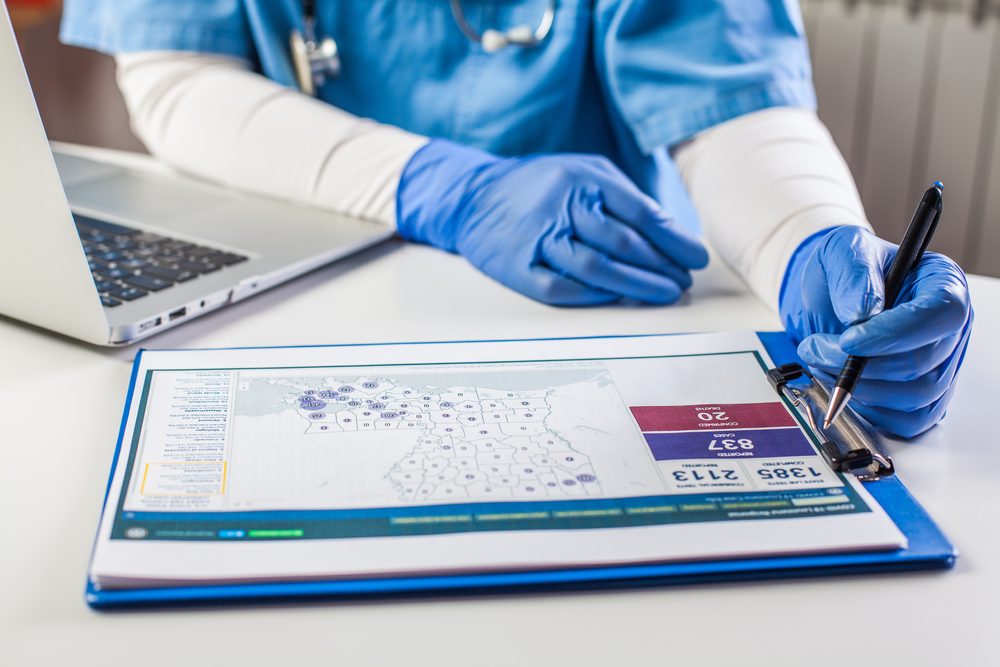Ontology-based prediction of cancer driver genes
22 November 2019
Althubaiti S, Karwath A, Dallol A, Noor A, Alkhayyat SS, Alwassia R, Mineta K, Gojobori T, Beggs AD, Schofield PN, Gkoutos GV, Hoehndorf R.
Scientific Reports (2019) 9: 17405
Identifying and distinguishing cancer driver genes among thousands of candidate mutations remains a major challenge. Accurate identification of driver genes and driver mutations is critical for advancing cancer research and personalizing treatment based on accurate stratification of patients. Due to inter-tumor genetic heterogeneity many driver mutations within a gene occur at low frequencies, which make it challenging to distinguish them from non-driver mutations. We have developed a novel method for identifying cancer driver genes. Our approach utilizes multiple complementary types of information, specifically cellular phenotypes, cellular locations, functions, and whole body physiological phenotypes as features. We demonstrate that our method can accurately identify known cancer driver genes and distinguish between their role in different types of cancer. In addition to confirming known driver genes, we identify several novel candidate driver genes. We demonstrate the utility of our method by validating its predictions in nasopharyngeal cancer and colorectal cancer using whole exome and whole genome sequencing.



